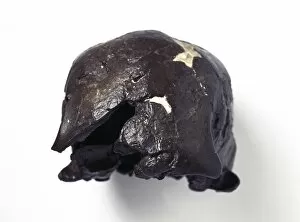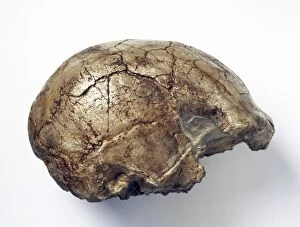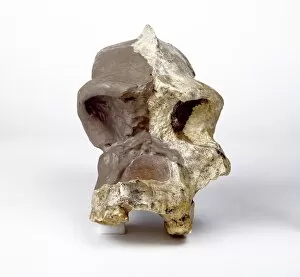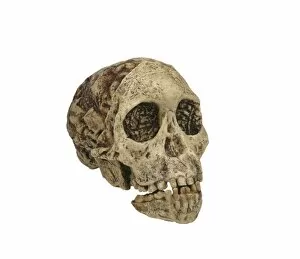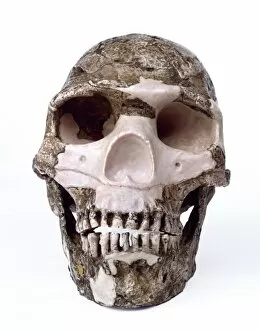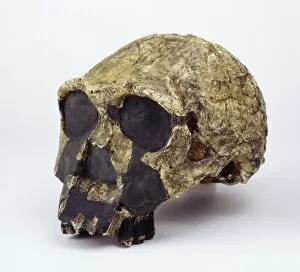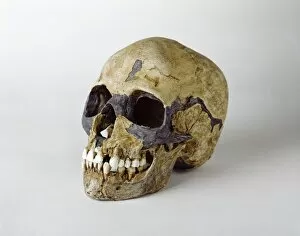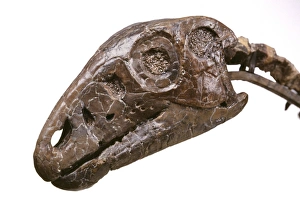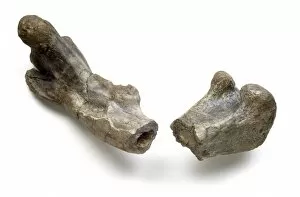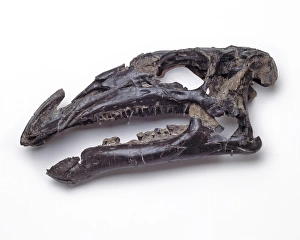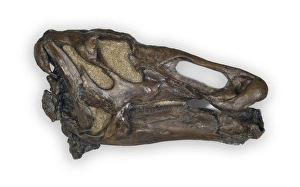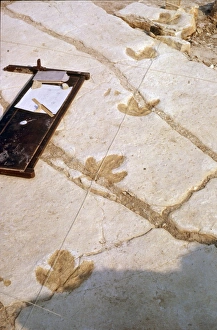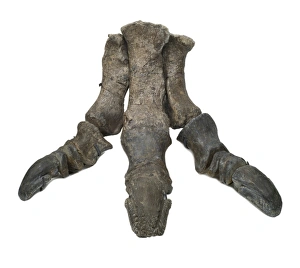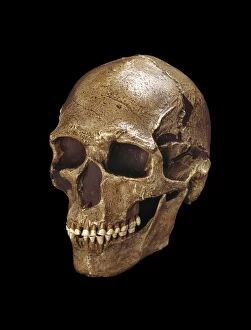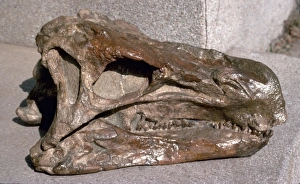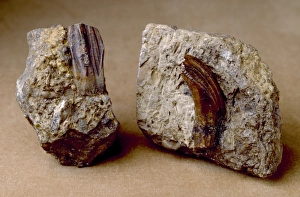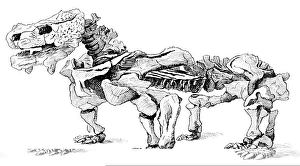Fossilized Collection (page 5)
"Fossilized: A Glimpse into Earth's Ancient Past" Step back in time and explore the fascinating world of fossils
All Professionally Made to Order for Quick Shipping
"Fossilized: A Glimpse into Earth's Ancient Past" Step back in time and explore the fascinating world of fossils. From the Archaeopteryx fossil, Berlin specimen C016 / 5071, to the Trilobite fossil and Ichthyosaurus fossil C013 / 7904, these remnants from millions of years ago provide a window into prehistoric life. Imagine walking through a coal mine and stumbling upon fossil trees frozen in time. These ancient witnesses tell stories of lush forests that once covered our planet. And then there is the Oolitic limestone, with its unique spherical structures formed by layers upon layers of tiny mineral particles. Petrified wood stands as a testament to nature's remarkable ability to transform organic matter into stone over thousands of years. The intricate details preserved in these petrified remains are awe-inspiring. But it doesn't stop there - dinosaur footprints etched on rocks take us back to when giants roamed the Earth. Each footprint tells a story about their size, gait, and behavior. The Fossilised ammonite (Asteroceras obtusum) showcases Mother Nature's artistic touch with its spiral shell design that captivates both scientists and collectors alike. Ammonites like this one were once abundant inhabitants of ancient seas. Traveling further back in time, we find ourselves at Yellowstone National Park's fossil forest captured in a black-and-white photo from c. 1910-5 (b/w photo). This snapshot reveals an eerie beauty as petrified trees stand tall against the testaments of time. Turning our attention towards Europe, we encounter fine specimens such as Cornu Amonis or petrified snake split open - one among Europe's finest examples. Additionally, two large specimens showcase nature's artistry at its best. Lastly, let us not forget about marine creatures like the bottled nose Shark from 1810-17 (w / c & manuscript text).






